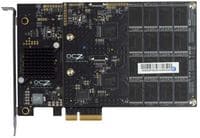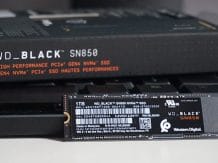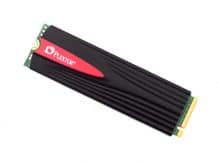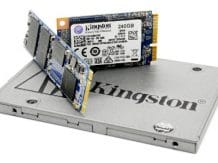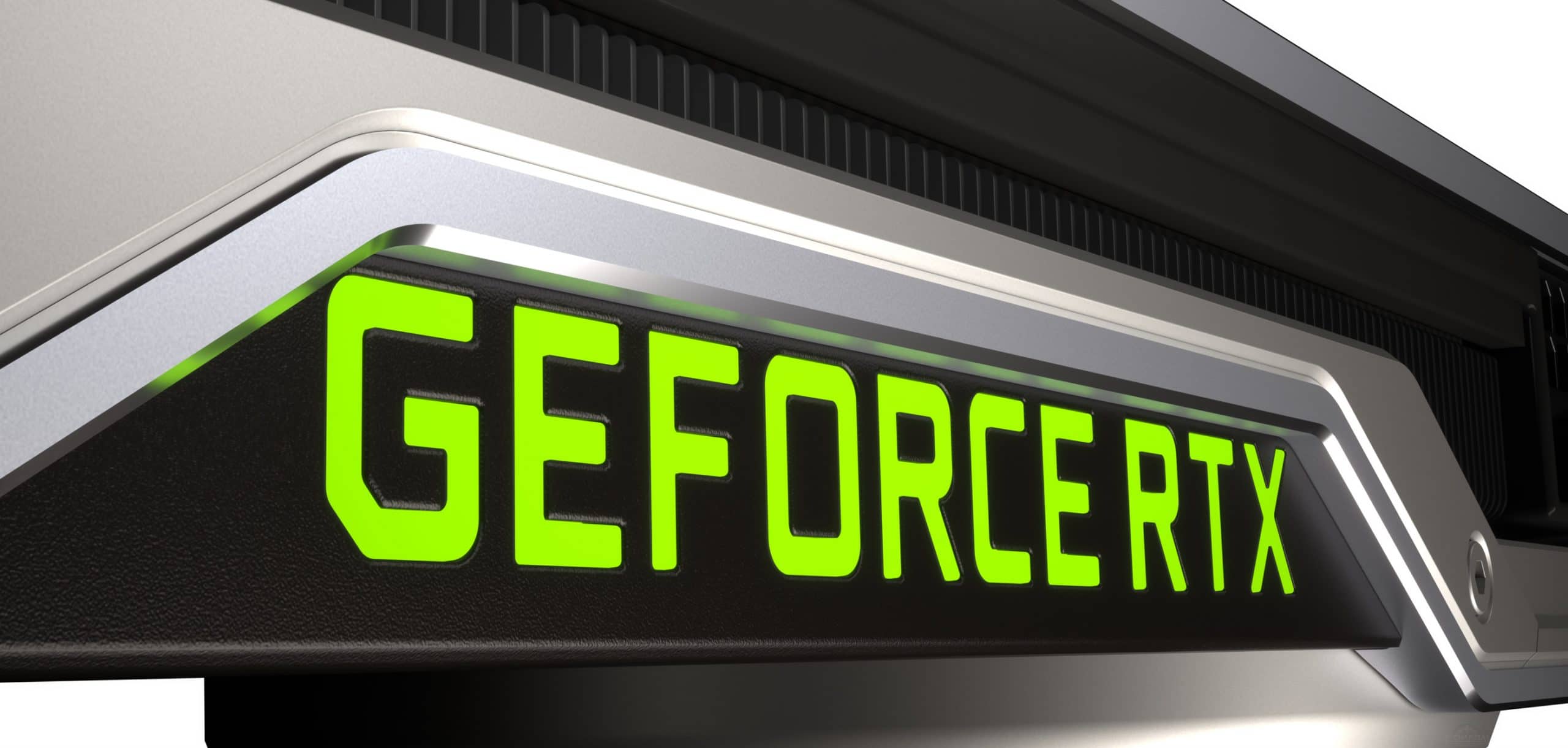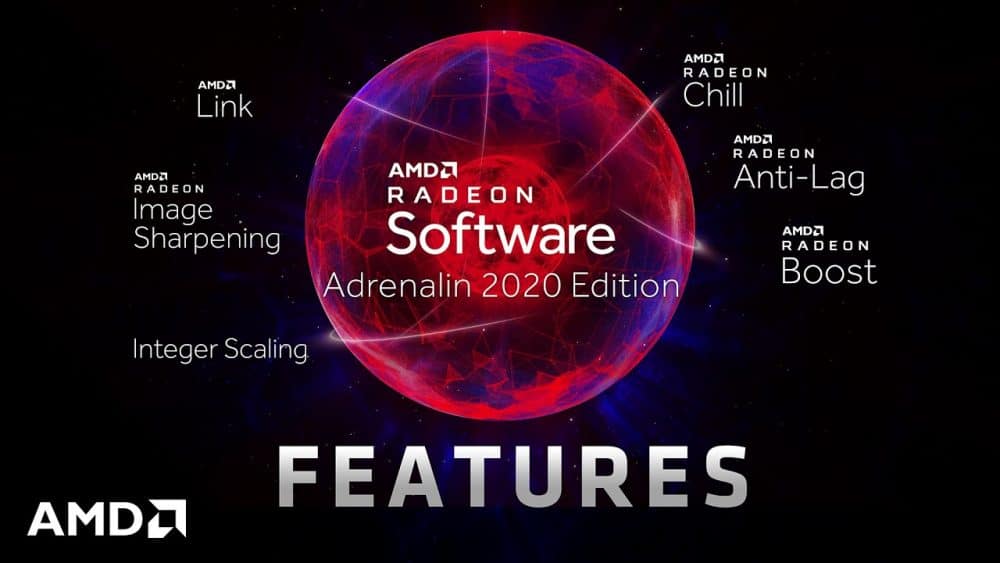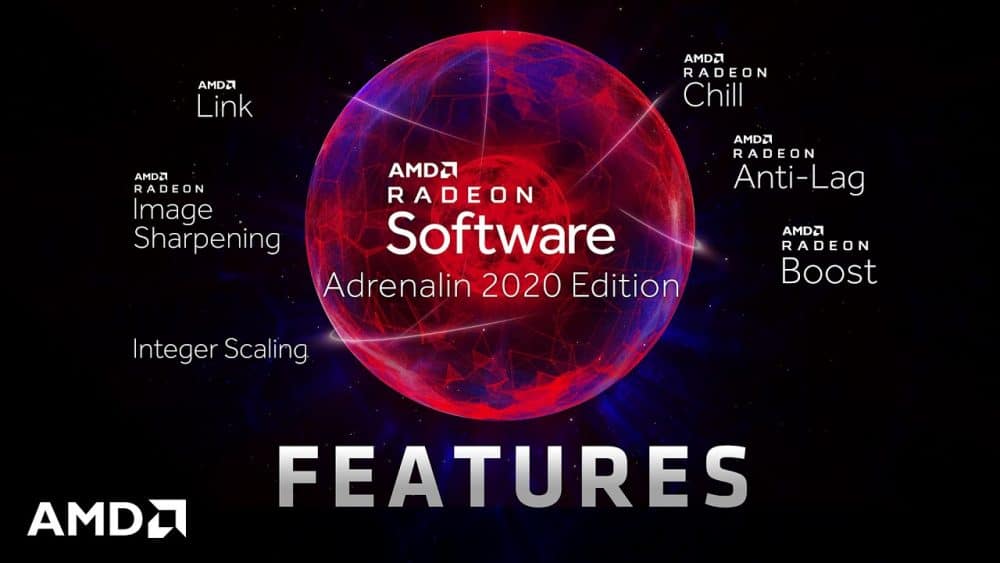Review SSD OCZ Revodrive 3 X2
– Today will will take a look at the Specs, Hashrate, CPU performance and also a testing of this SSD Drive. We will go into more details as it regards to the testing in the article below.
SSD drives are evolving at breakneck speed. Now SATA-III has gone to the masses, and the speed of half a gigabyte per second has ceased to seem like something breathtaking. But the really top models have always used the PCI Express interface. In mid-August, OCZ announced the RevoDrive 3 X2, a high-end solid state drive. This material will be about him.
OCZ RevoDrive 3 X2


I got a 480 GB copy. A modest “two-story” board has incorporated all the best developments to date. The old RevoDrive X2 used SandForce 1200 chips, a Silicon Image Sil3124 four-channel SATA PCI-X RAID controller, and a PCI-X to PCI-E 1.1 bridge. The new one is based on SandForce 2200 and a special SAS PCI-E 2.0 controller SuperScale, which implements many functions in hardware and, thanks to DMA, practically does not load the central processor.
announcements and advertisements
-14000р на RTX 3060 ASUS Dual
RTX 3060 MSI Gaming – a drain for a penny
-15000р на RTX 3060 MSI Ventus
Prices for video cards went down steeply
-14000р на RTX 3060 Gigabyte Eagle
Another top vidyaha with a mega discount
RTX 3060 – prices have gone down
First-hand Z590 motherboards at very good prices
RTX 3060 12Gb in XPERT.RU – be in time 🙂
RTX 3070 at XPERT.RU at the lowest prices
Lots of RTX 3090 in XPERT.RU
Technology
Virtual Controller Architecture 2.0
allows you to use all the goodies like TRIM and SMART. The proprietary Queue Balancing Algorithm is used to manage the request queue of not only NCQ, but also TCQ; performance scaling under heavy load should be excellent.
However, there is a catch with TRIM. The architecture of RevoDrive 3 X2 is based on SCSI, support for the UNMAP command (analogous to TRIM for ATA / SATA) is also there, but the Windows StorPort driver simply does not send such commands to the device. OCZ has partnered with Microsoft and promises to make a difference, but for now, it only has to rely on background garbage collection from the SF2200. By the way, unlike the first RevoDrive, only Windows Vista / 7 is supported, there are no drivers for XP.
And a couple of words about the drive from a physical point of view. The board is 167 mm long and does not protrude beyond the slot in thickness, that is, it will not interfere with neighboring devices. In operation, the heatsink remains barely warm, and the memory chips are generally cold. There is an activity indicator, but there are no pins to connect the case HDD LED.

It will be opposed by two previously tested devices, namely OCZ IBIS and OCZ Vertex 3, the measurement results are taken from previous articles. It so happened that they were tested on different platforms. IBIS is on a similar bench with i7-930 4 GHz, and Vertex 3 on i7-2600K 3.4 GHz. I hope this will not introduce a serious error, processor dependence will be tested separately.
OCZ IBIS



Let me remind you that IBIS is the top model of 2010, similar to the first RevoDrive X2, only the microcircuits and the controller are not soldered on one board, but are separated by the HSDL interface. The review involved a 160 GB model.
Vertex 3



The Vertex 3 (240GB engineering sample) uses the same new SandForce 2200 as the RevoDrive 3, but in the singular. The connection is made using SATA-III.
Summary table of technical characteristics:
Model | OCZ RevoDrive 3 X2 | OCZ IBIS | OCZ Vertex 3 |
| Model number | RVD3X2-FHPX4-480G | OCZ3HSD1IBS1-160G | Pre-production sample |
| Volume, GB | 480 | 160 | 240 |
| Form factor | PCI-E card | 3.5” | 2.5” |
| Interface | PCI-E 4x | HDSL + PCI-E 4x | SATA-III |
| Firmware version | 1.03.1041 | 6.6.01 | 1.11 |
| Process technology, nm | 25 | 34 | 25 |
| Controller | 4x SandForce SF-2200 + OCZ SuperScale | 4x SandForce SF-1200 + SIL3124 | 1x SandForce SF-2200 |
| Maximum speed read, MB / s | 1500 | 740 | 550 |
| Maximum speed records, MB / s | 1250 | 690 | 520 |
| Maximum speed random read, IOPS | – | – | – |
| Maximum speed random write, IOPS | 230 000 | 100 000 | 60 000 |
Test stand:
- Motherboard: Asus P6T Deluxe (BIOS 2209);
- Processor: Intel Core i7-920, 3.8 GHz (181 x 21);
- Cooling system: Thermalright IFX-14 + Scythe Ultra Kaze 120;
- RAM: OCZ OCZ3P1600LV6GK PC3-12800 (1440 MHz, 7-8-8-16) 3×2 GB;
- Hard drive: WD Raptor, WD740ADFD-00NLR5, 74 GB;
- Video card: Asus GTX 580 DirectCu II, 1.5 GB GDDR5;
- Power supply: Corsair HX850W, 850 W.
System software:
- Operating system: Windows 7 x64 SP1 Ultimate RUS;
- Operating system updates: all as of 08/13/2011, including Direct X;
- Video card driver: NVIDIA Forceware 275.33;
- Driver for SATA controller: Intel RST 10.6, controller operates in RAID mode;
- Driver OCZ Revodrive 3 X2: ocz10xx-1.0.0.6700.
Testing technique
Global settings:
- The operating system does not have any antivirus installed that can affect disk performance measurements, including Windows Defender.
- The file indexing service is disabled for the same reason.
- Disabled Windows UAC, which made it impossible for some test programs to work.
- At the time of taking measurements, background monitoring programs such as Crystal Disk info, HWMonitor, perfmon counters and others are not used.
- The disk write cache is enabled (in the device manager, in the disk properties, on the policy tab, the checkbox “enable caching of records for this device” is checked). “Enhanced Performance” is not activated. Typically, the default drive is configured like this, but you still need to make sure.
The set of test applications is as follows:
- Crystal Disk Mark 3.0 x64. A popular test that measures the speed of a disk in eight modes: read and write with sequential access, in random mode in large blocks of 512 KB, small blocks of 4 KB, and the same 4-KB requests with a disk queue of 32 requests ( checking the efficiency of the NCQ and load parallelization mechanisms). The default settings were applied, namely a five-time run on a 1000 MB segment.
- Intel NAS Performance Toolkit 1.7.1. NASPT is a very powerful test, comparable in functionality to IOMeter and designed primarily for testing network drives. I used both the basic functionality and my Torrent template.
- FC-test 1.0 build 11. The program worked on two NTFS partitions, representing all the space available for formatting, divided in half. Before the start of each measurement, the computer was rebooted, the whole process is fully automated.As test suites, we used the Install templates (414 files with a total volume of 575 MB), ISO (3 files with a total volume of 1600 MB) and Programs (8504 files with a total volume of 1380 MB). For each set, the speed of writing all files to the disk (Create test), the speed of reading these files from the disk (Read), the speed of copying files inside one logical disk (Copy near) and the speed of copying to the second logical disk (Copy far) were measured. Windows’ aggressive write caching skews the results in the Create test, and the two methods for copying to SSD are no different, so I’ll limit myself to publishing the remaining two results for each template.
- WinRAR 4.0 x64. The reference file was a Windows 7 zipped folder. 83,000 files with a total volume of 15 GB were compressed to 5.6 GB using the standard method. Measurements have shown that the disk compression speed is minimally affected, therefore, to save your time and yours, only unpacking into a neighboring folder was tested.
- Microsoft Office 2007 Small Business Edition. In this and all subsequent tests, the drives were system drives: the reference Windows image, including all test programs and files, was uploaded using Acronis True Image 11. The installation time was measured from the distribution kit, which was a copy of the original CD (several folders with CAB, MSI and XML files ).
- Crysis Warhead. A popular shooter in the past was used to test installation and download speeds. Previously, it was found that this game is one of the strongest, so other games have not been studied; it is assumed that their “disk dependence” is less. The installation was carried out from the original DVD, unpacked to the system disk in the form of a set of folders. The launch was carried out through the Framebuffer Benchmarking Tool 0.32 with the following settings:
– Mode: Gamer.
– API: DirectX 10.
– Global Configuration: 64 bit.
– Display resolution: 1920 x 1200.
– FSAA: AA 0x.
– Loops: 1.
– Map: ambush.
– Time of Day: default. - Photoshop CS5. Everyone’s favorite graphic editor was installed from an ISO image connected with Daemon tools lite. Both versions (x32 and x64) with an English interface were installed and the installation time was measured. As in the last time, the scheme from this specialized forum was used, namely this script, which creates an image of 18661×18661 pixels and performs several actions with it. The total execution time was measured without pauses between operations.In an amicable way, such things require a huge amount of RAM, so the test, in fact, boils down to checking the speed of work with the scratch file and the Windows swap file. Photoshop was allowed to occupy 90% of the memory, the rest of the settings remained at default.
- Boot Windows 7. Three time intervals were measured: the interval from the moment the “power” button was pressed until the appearance of the Windows logo, the time until the appearance of the Windows desktop, and the time until the end of loading applications: Word 2007, Excel 2007, Acrobat Reader X and Photoshop CS5 were located at startup, opening the corresponding files. In addition, Fraps, Daemon tools and Intel RST started in the background. The end of the download, I considered the appearance of the photo in Photoshop, the rest of the applications started earlier.
Revodrive 3 X2 was tested in three modes:
- “Out of the box” on the overclocked stand, as indicated above.
- Stand with default frequencies for determining processor dependence: The processor frequency was 2.66 GHz, memory – 1333 MHz.
- Full and used drive. After the first two runs, random 4K write requests were sent to it for an hour using IOMeter. During this time, about 5 TB was recorded. After that, several Blu-ray movies were burned to the disc, so that it was 80% busy. In tests with multiple partitions and with Windows installed, this percentage was maintained. An overclocked stand was used.





